Hollywood has been on my brain a lot lately for a bunch o’ reasons, not the least of which is the current Writers Guild of America strike, the first in fifteen years.1 As of 11:59 pm on May 1st, it was pens down for we screenwriters; it’s unclear how long the standoff will last.2 For the foreseeable, I’ll be doubling down on creating new content — looking at you, Irish Eyes sequel — editing existing content and taking my turn on the picket line. #WGAStrong
In happier Tinseltown talk, Hollywood trailblazer Anna May Wong (born Wong Liu Tsong, January 3, 1905 - February 3, 1961) is finally getting her due — and a Barbie doll. Born in Los Angeles to second generation Chinese American parents, Wong appeared in sixty films, silent and talkies, and is widely considered to be Hollywood’s first Chinese American film star. An early adopter of the “flapper” look, she was a fashion icon of the 1920s and 1930s3 but the limited, sterotyped roles open to Asian actors made career success a constant battle.
In 1935, Wong was under contract to Metro-Goldwyn-Mayer when she was refused the lead of O-Lan in the film version of Pearl S. Buck’s Pulitzer winning novel The Good Earth (1931) about a struggling family of Chinese farmers. Invoking the anti-miscegenation law(s), the studio objected to Wong sharing an onscreen kiss with the white actor playing her Chinese husband.4
Anybody else’s head exploding!?
Instead, MGM cast German-American actress Luise Rainer in the lead role — in “yellowface.” Rainer won the 1937 Oscar for Best Actress. Wong took a year off from Hollywood to tour China, documenting her experience in “My China Film” in an era when women producers/directors were rare.5
She spent the remainder of the 1930s abroad starring in English, French and German films as well as smaller budget Hollywood pictures that presented Chinese Americans in a less stereotypical light. During World War II, she was vocal in her condemnation of Japanese atrocities in China. In 1951, she made television history with The Gallery of Madame Liu-Tsong, the first U.S. television series starring an Asian American.6
Wong was awarded a star on the Hollywood Walk of Fame in 1960, one year before her death.7 In 2019, Lucy Liu became the second Asian American woman to receive a star on the Walk of Fame. In her speech, Liu thanked Wong for charting a path for her and other actors. Liu’s star is adjacent to Wong’s.8
Now Mattel, makers of Barbie, are releasing an Anna May Wong doll this May for Asian American and Pacific Islander Heritage Month. The doll has the actress’s signature sleek fringe (bangs), dramatic eyebrows and manicured nails. The red gown with a shiny golden dragon design and cape is from Wong’s appearance in the 1934 movie “Limehouse Blues.” Wong’s namesake niece, Anna Wong, worked with the brand to ensure authenticity. The Wong Barbie is part of the “Inspiring Women” series. Past female historical figures honored in the series include aviator Amelia Earhart and artist Frida Kahlo.9
On October 24, 2022, Wong made history yet again, becoming the first Asian American to be commemorated on U.S. currency. The Wong quarter is part of the American Women Quarters Program, which calls for five new coins each year from 2022 through 2025.10
Share this free public post with fellow history lovers.
Not yet subscribed to History with Hope? You can fix that here!
From November 5, 2007, to February 12, 2008, all 12,000 film and television screenwriters of the American labor unions Writers Guild of America East (WGAE) and Writers Guild of America West (WGAW) went on strike.
https://www.vulture.com/2023/05/writers-strike-2023-questions-whats-next.html
https://apnews.com/article/anna-may-wong-barbie-doll-313733970f9acb4505c29d53e8cf5c3b?utm_source=homepage&utm_medium=TopNews&utm_campaign=position_11
The film industry's first attempt to systematically censor miscegenation came in 1927 when the Motion Picture Producers and Distributors of America (MPPDA) adopted its list of "Don'ts and Be Carefuls." Specifically, the sixth "don't" of eleven of "those things [that] shall not appear in pictures…irrespective of the manner in which they are treated," targeted "Miscegenation (sex relationships between the white and black races)." Variations of this clause were later inherited by the industry's more elaborate Production Code of 1930, and again by the more strictly enforced Production Code of 1934. The Code's ultimate ban on miscegenation, which was not lifted until 1956, mandated that "Miscegenation (sex relationship between the white and black races) is forbidden." https://www.colorado.edu/gendersarchive1998-2013/1998/05/01/picturizing-race-hollywoods-censorship-miscegenation-and-production-racial-visibility
https://www.npr.org/2022/10/18/1129717922/anna-may-wong-us-quarters-coins-movies
https://www.npr.org/2022/10/18/1129717922/anna-may-wong-us-quarters-coins-movies
https://www.npr.org/2022/10/18/1129717922/anna-may-wong-us-quarters-coins-movies
https://www.nytimes.com/2022/10/18/us/anna-may-wong-quarter.html?partner=slack&smid=sl-share
https://apnews.com/article/anna-may-wong-barbie-doll-313733970f9acb4505c29d53e8cf5c3b?utm_source=homepage&utm_medium=TopNews&utm_campaign=position_11
https://www.nytimes.com/2022/10/18/us/anna-may-wong-quarter.html?partner=slack&smid=sl-share
IRISH EYES (coming December 2023), Book 1 of my American Songbook series, spans twenty-five years of Gilded Age through the Jazz Age Manhattan, as seen through the eyes of spirited Irish-born Rose O’Neill. Read more here.



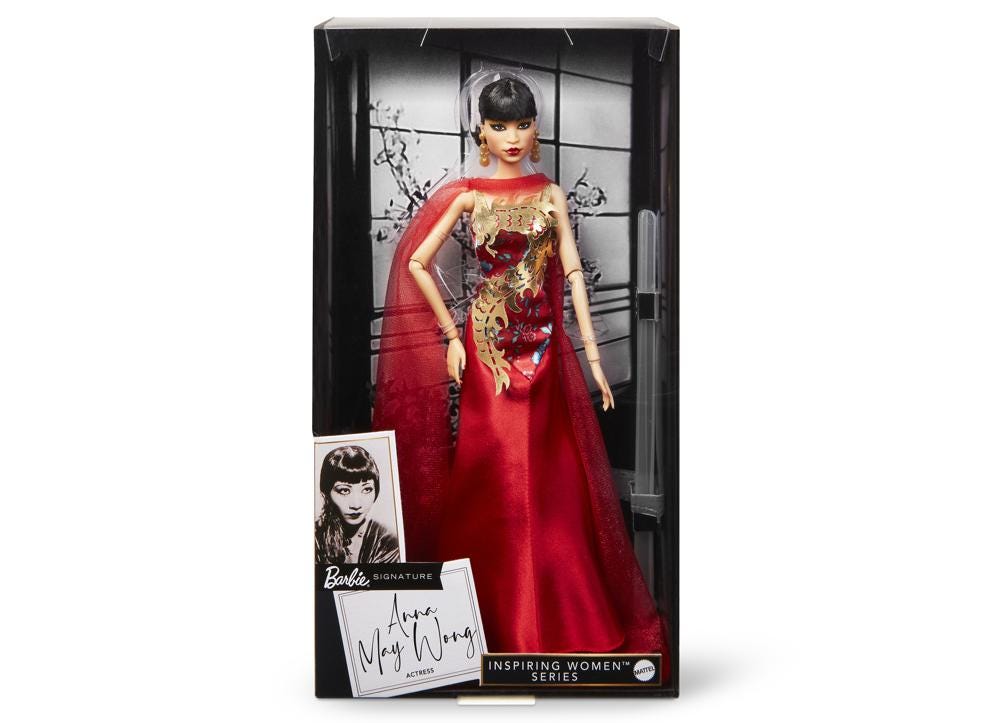
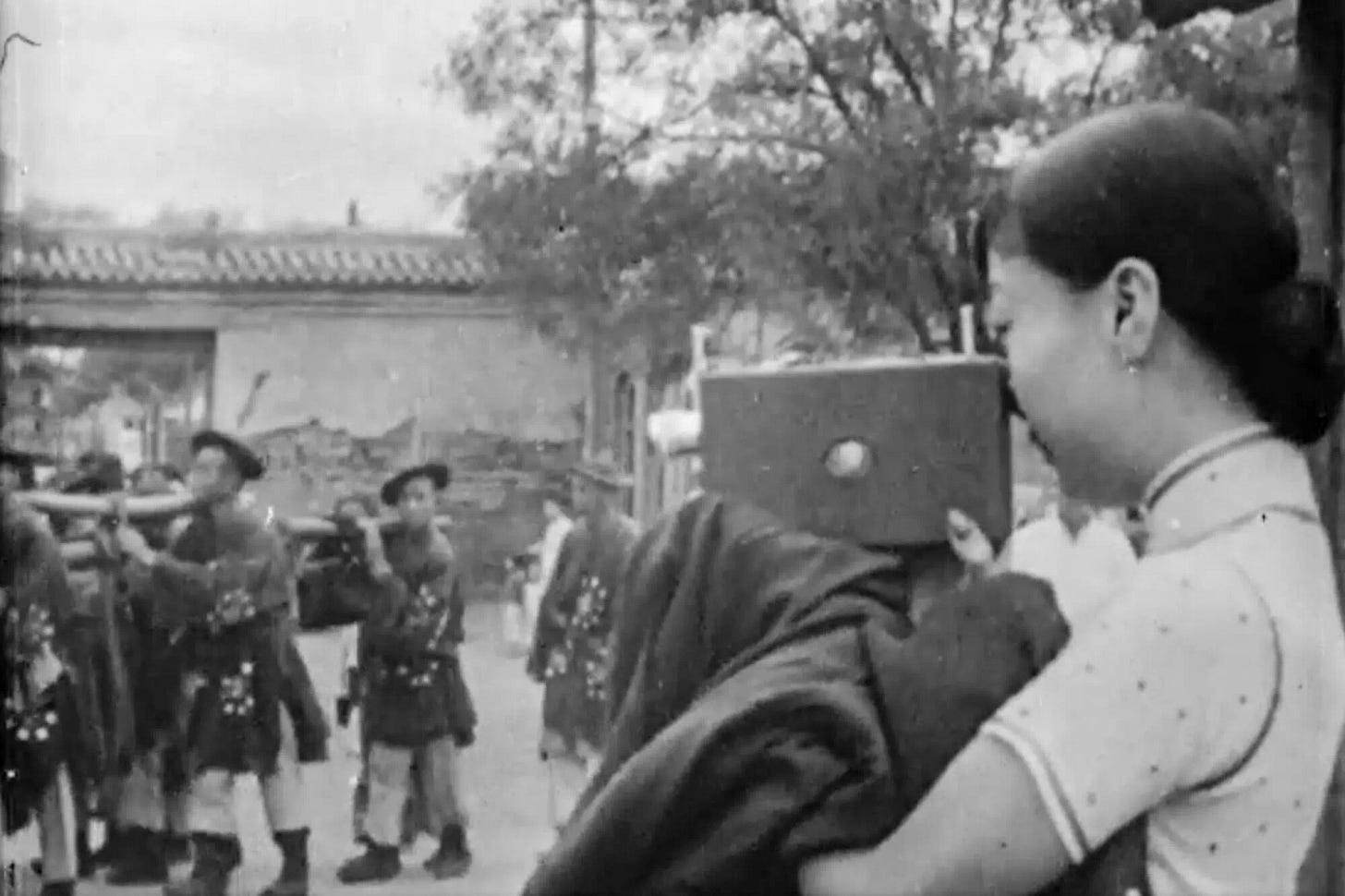

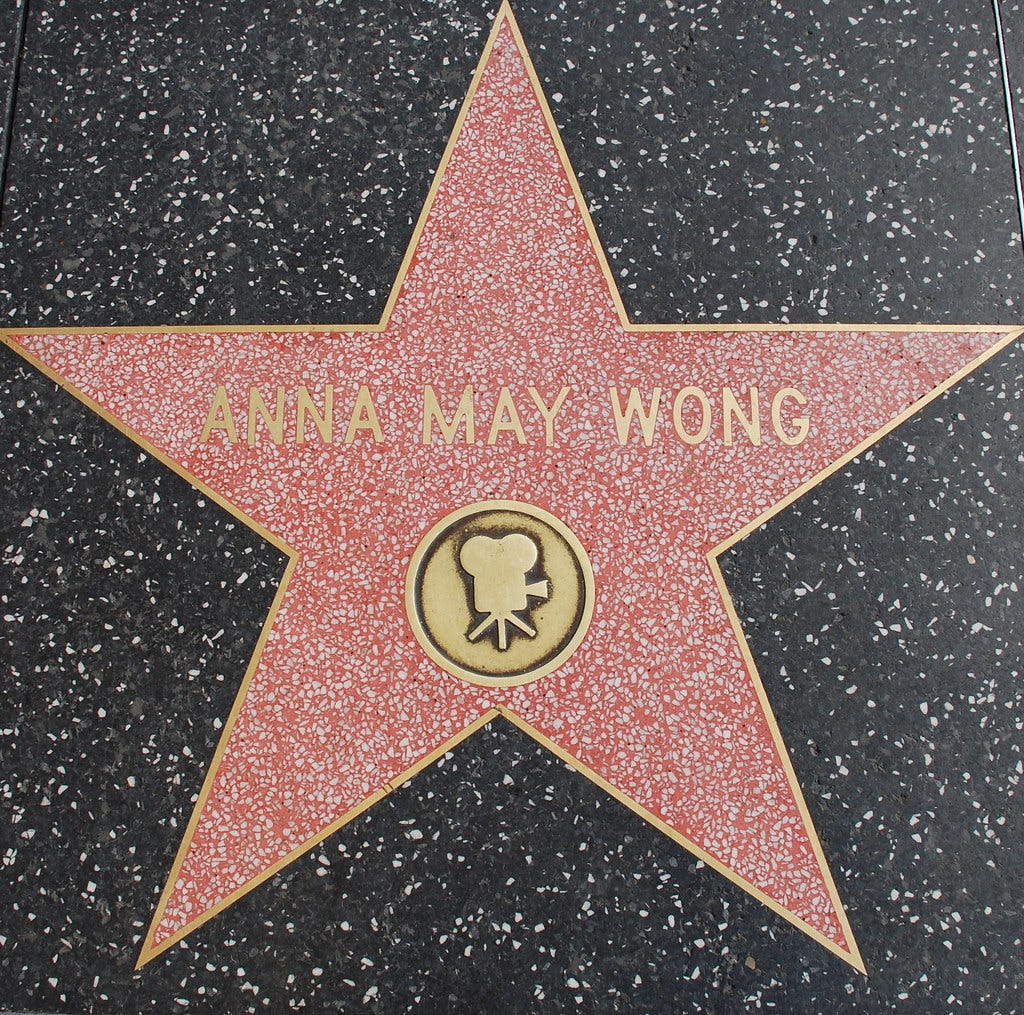
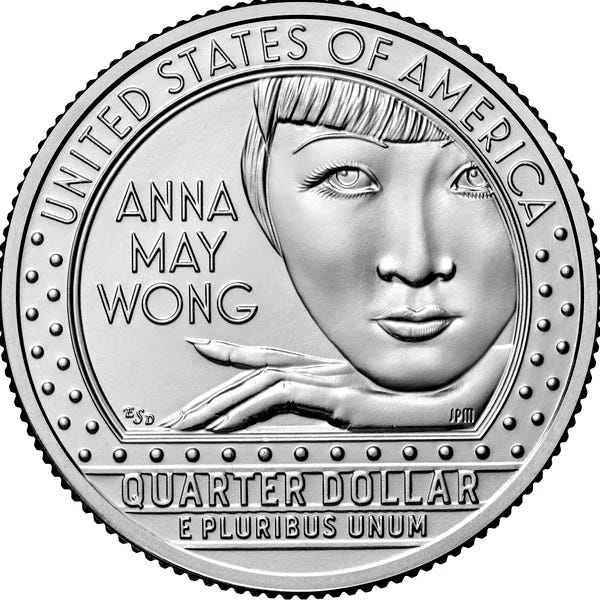
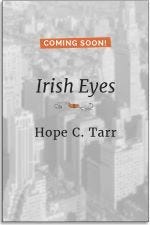
#WGAStrong
Enjoyed learning more about Anna May Wong.